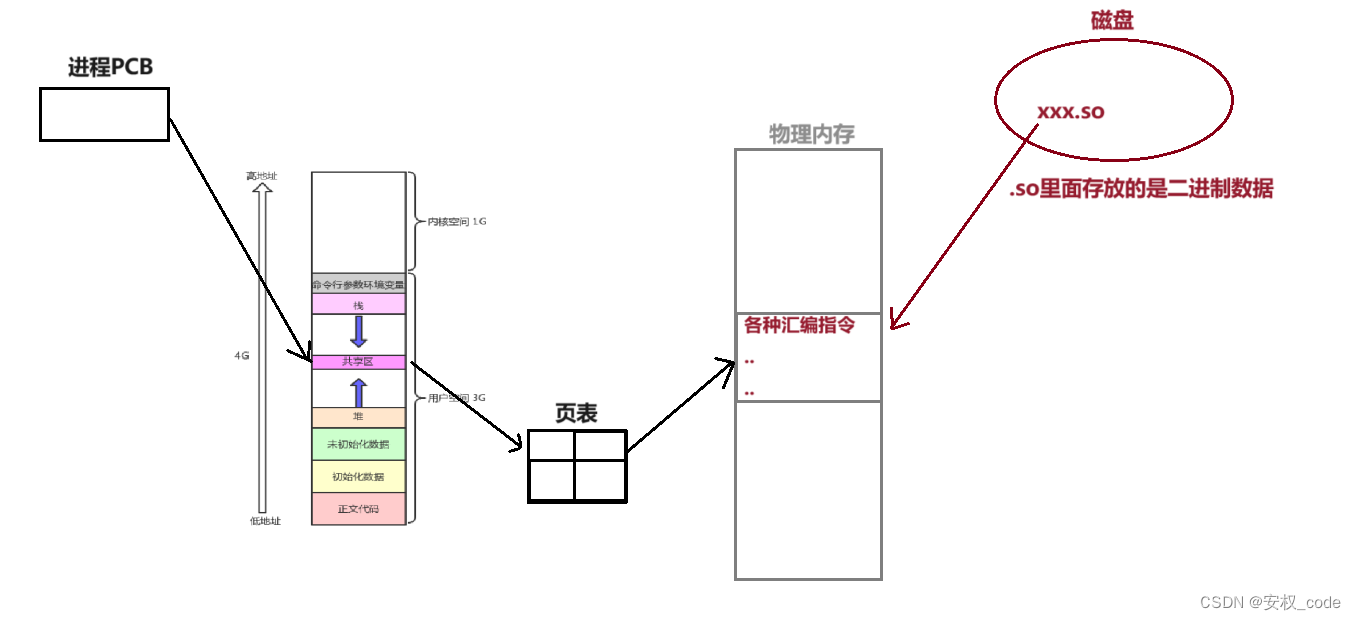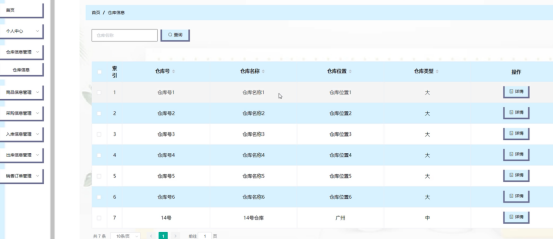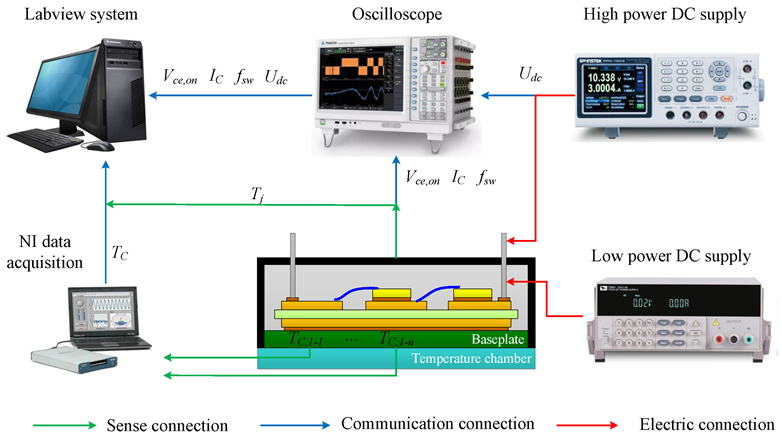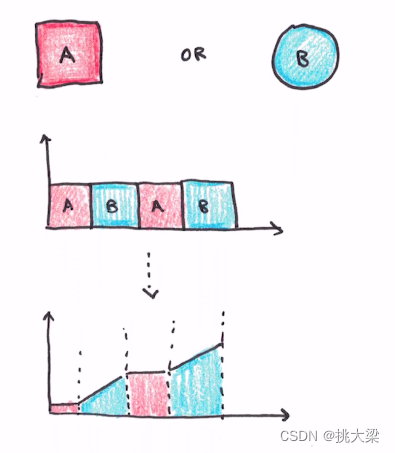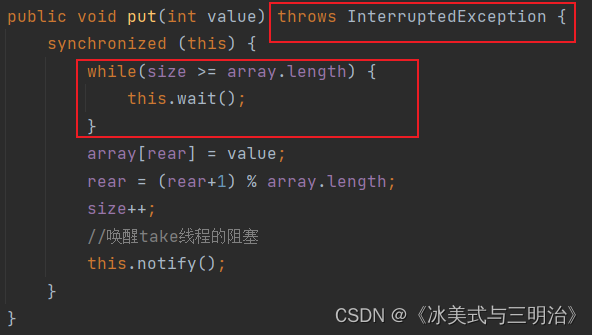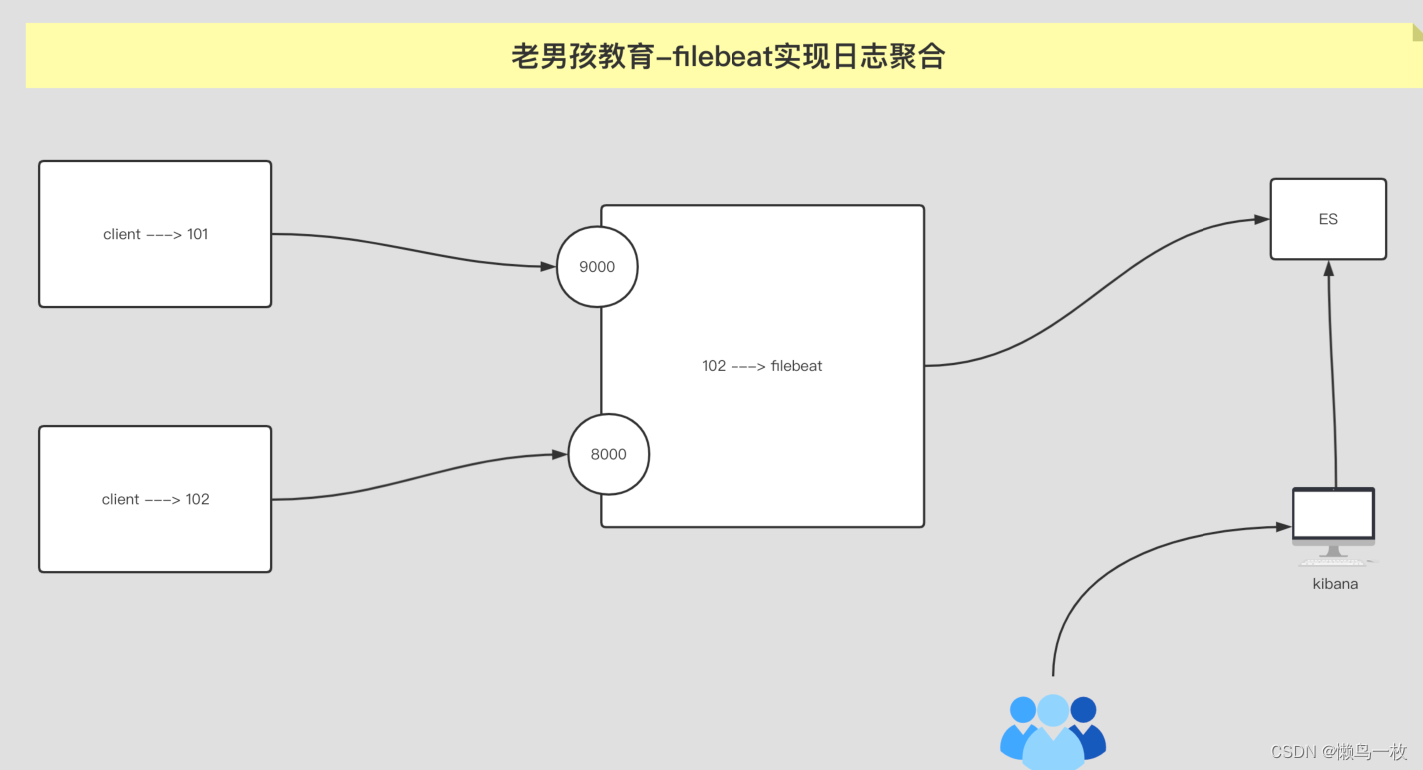FCN)
import torch
import torchvision
from torch import nn
from torch. nn import functional as F
import matplotlib. pyplot as plt
import liliPytorch as lp
from d2l import torch as d2l
pretrained_net = torchvision. models. resnet18( pretrained= True )
"""
[Sequential(
(0): BasicBlock(
(conv1): Conv2d(256, 512, kernel_size=(3, 3), stride=(2, 2), padding=(1, 1), bias=False)
(bn1): BatchNorm2d(512, eps=1e-05, momentum=0.1, affine=True, track_running_stats=True)
(relu): ReLU(inplace=True)
(conv2): Conv2d(512, 512, kernel_size=(3, 3), stride=(1, 1), padding=(1, 1), bias=False)
(bn2): BatchNorm2d(512, eps=1e-05, momentum=0.1, affine=True, track_running_stats=True)
(downsample): Sequential(
(0): Conv2d(256, 512, kernel_size=(1, 1), stride=(2, 2), bias=False)
(1): BatchNorm2d(512, eps=1e-05, momentum=0.1, affine=True, track_running_stats=True)
)
)
(1): BasicBlock(
(conv1): Conv2d(512, 512, kernel_size=(3, 3), stride=(1, 1), padding=(1, 1), bias=False)
(bn1): BatchNorm2d(512, eps=1e-05, momentum=0.1, affine=True, track_running_stats=True)
(relu): ReLU(inplace=True)
(conv2): Conv2d(512, 512, kernel_size=(3, 3), stride=(1, 1), padding=(1, 1), bias=False)
(bn2): BatchNorm2d(512, eps=1e-05, momentum=0.1, affine=True, track_running_stats=True)
)
), AdaptiveAvgPool2d(output_size=(1, 1)), Linear(in_features=512, out_features=1000, bias=True)]
"""
net = nn. Sequential( * list ( pretrained_net. children( ) ) [ : - 2 ] )
"""
X = torch.rand(size=(1, 1, 96, 96))
for layer in net:
X = layer(X)
print(layer.__class__.__name__, 'output shape:\t', X.shape)
# Sequential output shape: torch.Size([1, 64, 24, 24])
# Sequential output shape: torch.Size([1, 64, 24, 24])
# Sequential output shape: torch.Size([1, 128, 12, 12])
# Sequential output shape: torch.Size([1, 256, 6, 6])
# Sequential output shape: torch.Size([1, 512, 3, 3])
前向传播将输入的高和宽减小至原来的 1/32
"""
num_classes = 21
net. add_module( 'final_conv' , nn. Conv2d( 512 , num_classes, kernel_size= 1 ) )
net. add_module( 'transpose_conv' ,
nn. ConvTranspose2d( num_classes,
num_classes,
kernel_size= 64 ,
padding= 16 ,
stride= 32 ) )
"""
[Conv2d(512, 21, kernel_size=(1, 1), stride=(1, 1)),
ConvTranspose2d(21, 21, kernel_size=(64, 64), stride=(32, 32), padding=(16, 16))]
"""
def bilinear_kernel ( in_channels, out_channels, kernel_size) :
factor = ( kernel_size + 1 ) // 2
if kernel_size % 2 == 1 :
center = factor - 1
else :
center = factor - 0.5
og = ( torch. arange( kernel_size) . reshape( - 1 , 1 ) ,
torch. arange( kernel_size) . reshape( 1 , - 1 ) )
filt = ( 1 - torch. abs ( og[ 0 ] - center) / factor) * \
( 1 - torch. abs ( og[ 1 ] - center) / factor)
weight = torch. zeros( ( in_channels, out_channels, kernel_size, kernel_size) )
weight[ range ( in_channels) , range ( out_channels) , : , : ] = filt
return weight
conv_trans = nn. ConvTranspose2d( 3 , 3 , kernel_size= 4 , padding= 1 , stride= 2 ,
bias= False )
conv_trans. weight. data. copy_( bilinear_kernel( 3 , 3 , 4 ) )
img = torchvision. transforms. ToTensor( ) ( d2l. Image. open ( '../limuPytorch/images/catdog.jpg' ) )
"""
d2l.Image.open('../limuPytorch/images/catdog.jpg') 首先被执行,返回一个 PIL.Image 对象。
然后,torchvision.transforms.ToTensor() 创建一个 ToTensor 对象。
最后,ToTensor 对象被调用(通过 () 运算符),将 PIL.Image 对象作为参数传递给 ToTensor 的 __call__ 方法,
转换为 PyTorch 张量。
"""
X = img. unsqueeze( 0 )
Y = conv_trans( X)
out_img = Y[ 0 ] . permute( 1 , 2 , 0 ) . detach( )
print ( 'input image shape:' , img. permute( 1 , 2 , 0 ) . shape)
plt. imshow( img. permute( 1 , 2 , 0 ) )
plt. show( )
print ( 'output image shape:' , out_img. shape)
plt. imshow( out_img)
plt. show( )
def train_batch_ch13 ( net, X, y, loss, trainer, devices) :
"""使用多GPU训练一个小批量数据。
参数:
net: 神经网络模型。
X: 输入数据,张量或张量列表。
y: 标签数据。
loss: 损失函数。
trainer: 优化器。
devices: GPU设备列表。
返回:
train_loss_sum: 当前批次的训练损失和。
train_acc_sum: 当前批次的训练准确度和。
"""
if isinstance ( X, list ) :
X = [ x. to( devices[ 0 ] ) for x in X]
else :
X = X. to( devices[ 0 ] )
y = y. to( devices[ 0 ] )
net. train( )
trainer. zero_grad( )
pred = net( X)
l = loss( pred, y)
l. sum ( ) . backward( )
trainer. step( )
train_loss_sum = l. sum ( )
train_acc_sum = d2l. accuracy( pred, y)
return train_loss_sum, train_acc_sum
def train_ch13 ( net, train_iter, test_iter, loss, trainer, num_epochs,
devices= d2l. try_all_gpus( ) ) :
"""训练模型在多GPU
参数:
net: 神经网络模型。
train_iter: 训练数据集的迭代器。
test_iter: 测试数据集的迭代器。
loss: 损失函数。
trainer: 优化器。
num_epochs: 训练的轮数。
devices: GPU设备列表,默认使用所有可用的GPU。
"""
timer, num_batches = d2l. Timer( ) , len ( train_iter)
animator = lp. Animator( xlabel= 'epoch' , xlim= [ 1 , num_epochs] , ylim= [ 0 , 1 ] ,
legend= [ 'train loss' , 'train acc' , 'test acc' ] )
net = nn. DataParallel( net, device_ids= devices) . to( devices[ 0 ] )
for epoch in range ( num_epochs) :
metric = lp. Accumulator( 4 )
for i, ( features, labels) in enumerate ( train_iter) :
timer. start( )
l, acc = train_batch_ch13( net, features, labels, loss, trainer, devices)
metric. add( l, acc, labels. shape[ 0 ] , labels. numel( ) )
timer. stop( )
if ( i + 1 ) % ( num_batches // 5 ) == 0 or i == num_batches - 1 :
animator. add( epoch + ( i + 1 ) / num_batches,
( metric[ 0 ] / metric[ 2 ] , metric[ 1 ] / metric[ 3 ] , None ) )
test_acc = d2l. evaluate_accuracy_gpu( net, test_iter)
animator. add( epoch + 1 , ( None , None , test_acc) )
print ( f'loss { metric[ 0 ] / metric[ 2 ] : .3f } , train acc ' f' { metric[ 1 ] / metric[ 3 ] : .3f } , test acc { test_acc: .3f } ' )
print ( f' { metric[ 2 ] * num_epochs / timer. sum ( ) : .1f } examples/sec on ' f' { str ( devices) } ' )
W = bilinear_kernel( num_classes, num_classes, 64 )
net. transpose_conv. weight. data. copy_( W)
batch_size, crop_size = 32 , ( 320 , 480 )
train_iter, test_iter = lp. load_data_voc( batch_size, crop_size)
def loss ( inputs, targets) :
return F. cross_entropy( inputs, targets, reduction= 'none' ) . mean( 1 ) . mean( 1 )
num_epochs, lr, wd, devices = 5 , 0.001 , 1e-3 , d2l. try_all_gpus( )
trainer = torch. optim. SGD( net. parameters( ) , lr= lr, weight_decay= wd)
train_ch13( net, train_iter, test_iter, loss, trainer, num_epochs, devices)
plt. show( )





